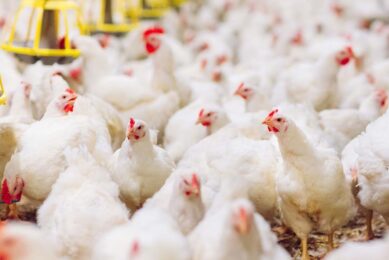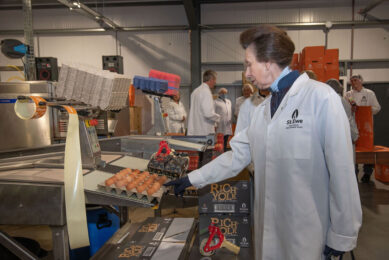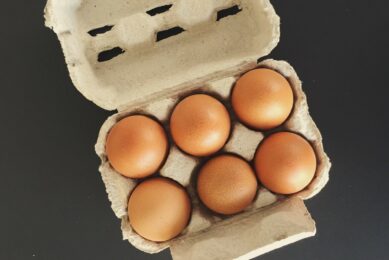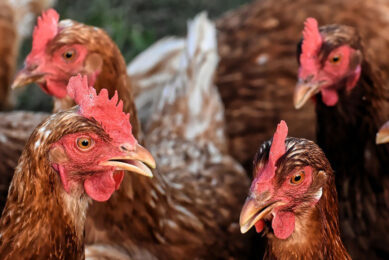Free-range chickens acquire bioactive compounds from pasture
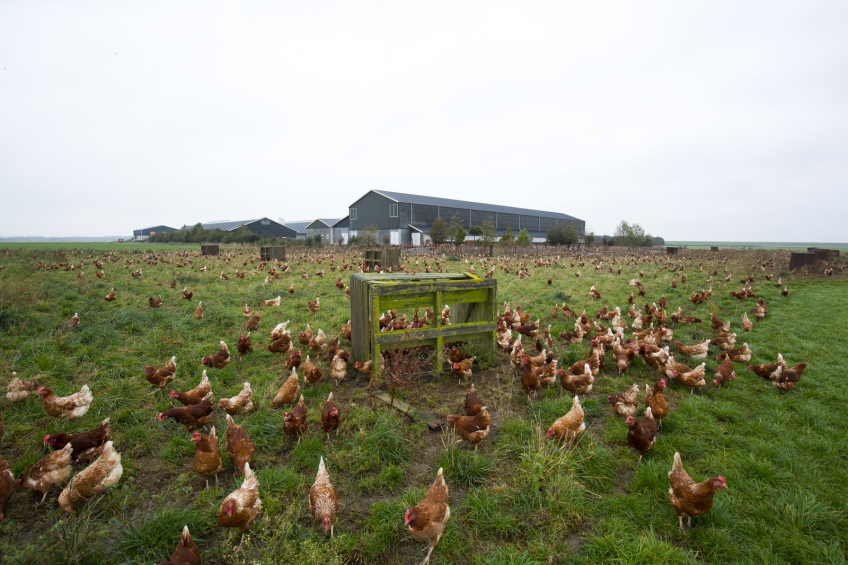
Free-range chickens acquire several bioactive compounds from the pasture (e.g., PUFA, vitamins, and pigments) that could affect meat characteristics.
Efforts to improve the polyunsaturated fatty acid (PUFA) and nutritional properties of animal products have been studied for many years. The main strategy to increase PUFAs in the meat is to add them to the feed. However, doing so, the oxidative risk in the animal’s tissues increases and requires suitable protection by anti-oxidants.
Free-range chickens acquire several bioactive compounds from the pasture (e.g., PUFA, vitamins, and pigments) that could affect meat characteristics. The effect of foraging in birds is complex, depending on the balance between anti- and pro-oxidant compounds and on the kinetic activity of the animal, which drives oxidation. Oxidation may be low with grass intake because green forage contains high levels of anti-oxidants as tocopherols and tocotrienols, carotenoids, vitamin C, and polyphenols.
The current poultry rearing systems do not emphasise outdoor grazing areas for poultry; however, studies on crop content indicate that slow-growing poultry strains have a considerable intake of pasture and other accessible foods. It is therefore crucial to assess the intake and the nutritional relevance of pasture.
In this study the transfer of bioactive compounds (antioxidants, polyunsaturated fatty acid, PUFA) from the pasture to the muscle in free-range chickens and the effect of these compounds on oxidative processes of the meat was analysed. Based on dry matter composition the grass samples had higher values of PUFA, carotenoids, tocopherols, and flavonoids compared to the standard feed. Due to the antioxidant profile of the grass the antioxidant status of the crop and gizzard contents in the outdoor chickens was improved. The higher antioxidant intake resulted in a higher plasma concentration of antioxidants in outdoor birds. The meat of the outdoor birds had higher levels of antioxidants as well. Grazing improved the nutritional value of the meat (PUFA n-3 and the ratio between n-6 and n-3 PUFA) with a minor negative effect on the oxidative stability.
A. Dal Bosco, C. Mugnai, S. Mattioli, A. Rosati, S. Ruggeri, D. Ranucci, and C. Castellini, Poultry Science.




